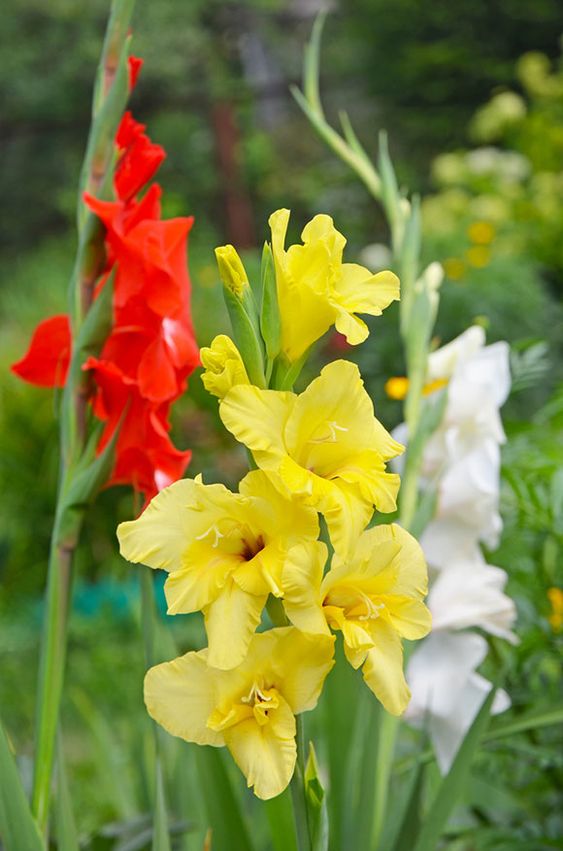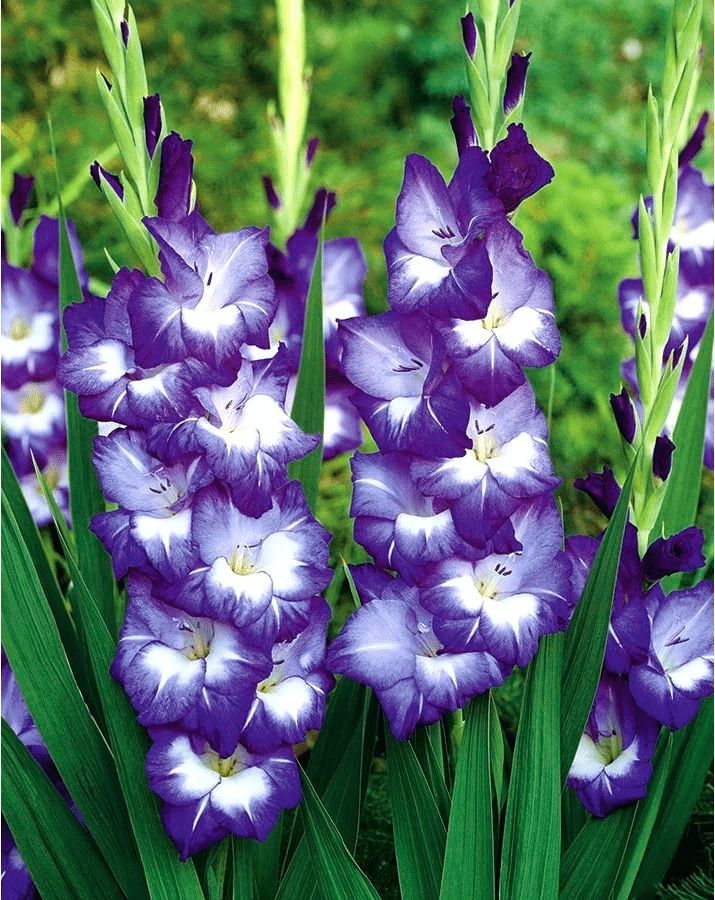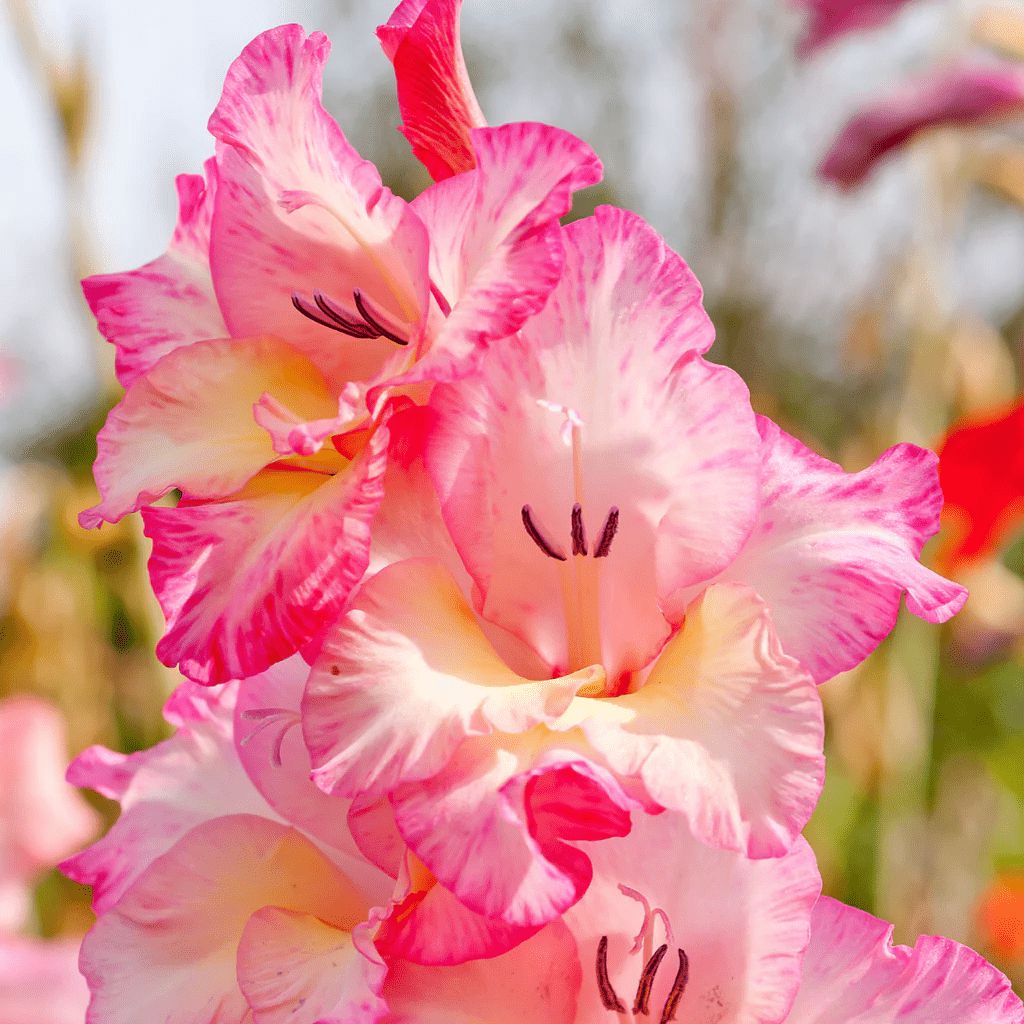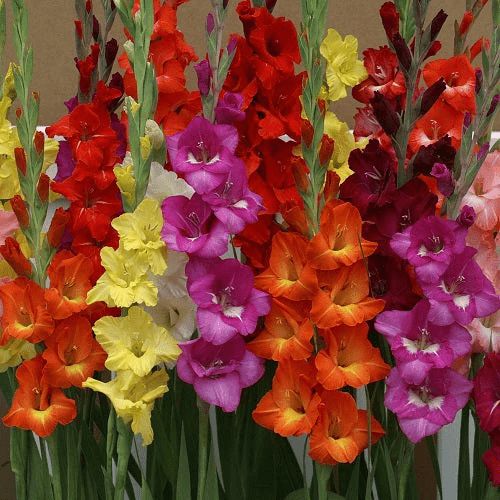10 Tips for Growing Beautiful Gladiolus.
Gladiolus flowers are highly sought after by gardening enthusiasts due to their stunning appearance and vibrant colors. These beautiful blooms can enhance the beauty and elegance of any garden or floral arrangement. In this article, we will explore the different aspects of growing gladiolus flowers and provide valuable insights for successful cultivation.
First and foremost, selecting the right location for planting gladiolus bulbs is crucial. These flowers thrive in well-drained soil and require a sunny spot that receives at least six hours of direct sunlight each day. It is important to prepare the soil by incorporating organic matter to enhance fertility and drainage. Additionally, the soil pH should ideally be within the optimal range of 6.0 to 7.0.
Timing is key when it comes to planting gladiolus bulbs. Ideally, they should be planted in the spring after the last frost has passed. This allows the soil to warm up adequately, promoting healthy root development. The bulbs should be planted at a depth of about 4 to 6 inches, with the pointed end facing upward. Proper spacing between each bulb, approximately 6 to 8 inches, is necessary to facilitate proper growth and air circulation.
Proper watering is essential for the successful growth of gladiolus flowers. It is important to keep the soil evenly moist but not excessively saturated, as excessive moisture can lead to rotting. Regular watering is particularly crucial during dry spells or extended periods of drought. However, it is equally important to avoid overwatering, as it can cause damage to the bulbs and roots.
Fertilizing gladiolus plants is vital for promoting robust growth and abundant blooms. A balanced, slow-release fertilizer with a ratio of 10-10-10 or 14-14-14 should be applied at the time of planting and repeated every four to six weeks during the growing season. This provides the necessary nutrients for healthy foliage and vibrant flowers. It is important to follow the manufacturer’s instructions regarding the application rate to avoid overfertilization, which can be detrimental to the plants.
Supporting the tall stems of gladiolus flowers is essential to prevent them from bending or breaking. The use of stakes or bamboo canes can provide the necessary support. These should be inserted into the ground near the base of the plant and loosely tied to the stem using soft plant ties. Regular monitoring is necessary to ensure that the ties are not too tight, as this could restrict growth or cause damage.
Managing pests and diseases is crucial to maintain the health and vitality of gladiolus flowers. Common pests that may affect gladiolus plants include thrips, aphids, and mites. Regularly inspecting the plants for any signs of infestation is important. In case of pest presence, appropriate organic or chemical treatments should be applied as per the instructions provided.
In conclusion, growing impressive gladiolus flowers requires careful attention to various aspects of cultivation. By selecting the right location, planting at the appropriate time, providing adequate water and nutrients, and managing pests and diseases, gardeners can enjoy the beauty and splendor of these remarkable blooms. Incorporating gladiolus flowers into your garden or floral arrangements will undoubtedly add a touch of elegance and charm. With proper care and cultivation, you can witness the majestic growth of gladiolus flowers and create a captivating floral display that will impress all who behold it.
Hits: 0












